Mobile World Congress is the world’s largest exhibition for the mobile industry, filled to the brim with new devices that offer the latest technologies. The event is organized by GSMA and is held in Barcelona’s Mobile World Capital. MWC is also the world’s largest gathering of mobile industry experts, companies, investors, and media. Various smartphone companies including tech giants Samsung, Huawei, and Sony as well as several startups and burgeoning companies showcase their latest handsets, tablets, and wearables at MWC every year.
This year’s MWC, which just ended earlier this month, was a mixed bag that included the unveiling of various revolutionary concepts in mobiles with some striking new features. There were also devices that didn’t look all that different from similar models unveiled last year, both on the outside and under the hood. Handsets starting from less than $100 to devices costing over $900 were showcased.
Now, let’s drill down to see all the highlights of this year’s MWC:
The premium segment
Samsung
After a series of online leaks and renders, Samsung finally unveiled its much-awaited and anticipated flagship smartphones of the year, the Galaxy S9 and S9 Plus. Samsung’s latest duo is just an incremental upgrade to the existing S8 series of smartphones in terms of looks and hardware. However, the devices pack in a lot of advanced features and goodies under the hood.
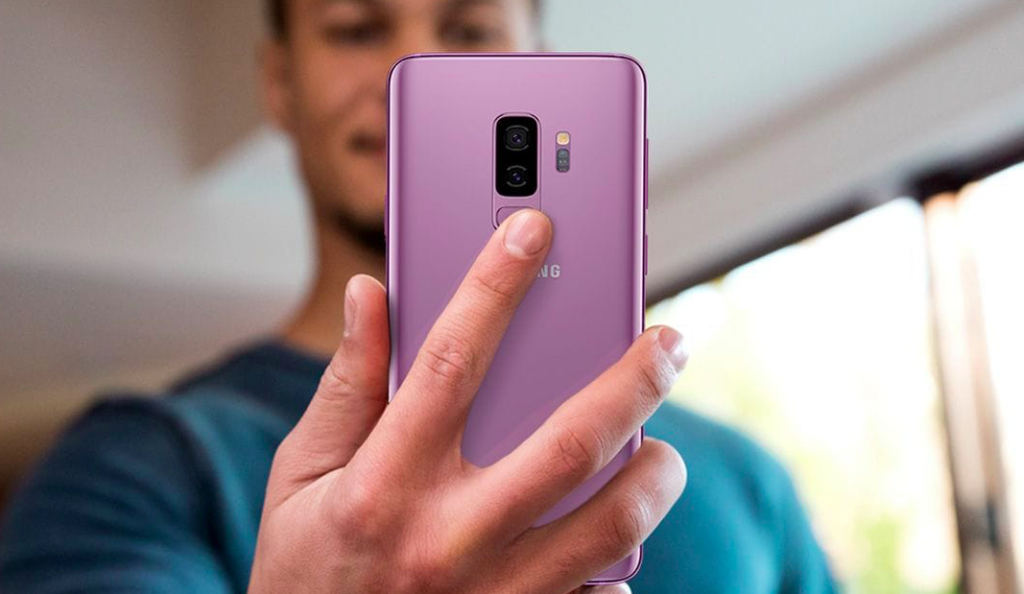
The S9 and S9 Plus were among the best devices launched at this year’s MWC. The devices can now be preordered and are expected to hit the UK markets first in mid-March. The Galaxy S9 and S9 Plus are expensive: The price range of these devices will start from £739 ($1,000) and £869 ($1,200), respectively.
HMD Global AKA Nokia
Nokia showcased its upcoming flagship, the Nokia 8 Sirocco. This device, while it has the same model number as the previous Nokia flagship, packs in a set of advanced features and is a significant upgrade over its predecessor, the Nokia 8.
The device has an all-glass body and is said to be resistant to dust and water. Sporting a 5.5-inch curved OLED screen, the Nokia 8 Sirocco comes with minimal bezels. The device also sports a pair of Carl Zeiss-tuned primary cameras at the back, but it lacks a headphone jack. Other specifications of the device include a not-so-latest Snapdragon 835 chipset paired with 6GB of RAM. The device is all set to launch in April with a price tag of about AU$1,199. Although the company is yet to disclose the device’s UK and U.S. prices, we can expect the device to cost about £660 and $900, respectively.
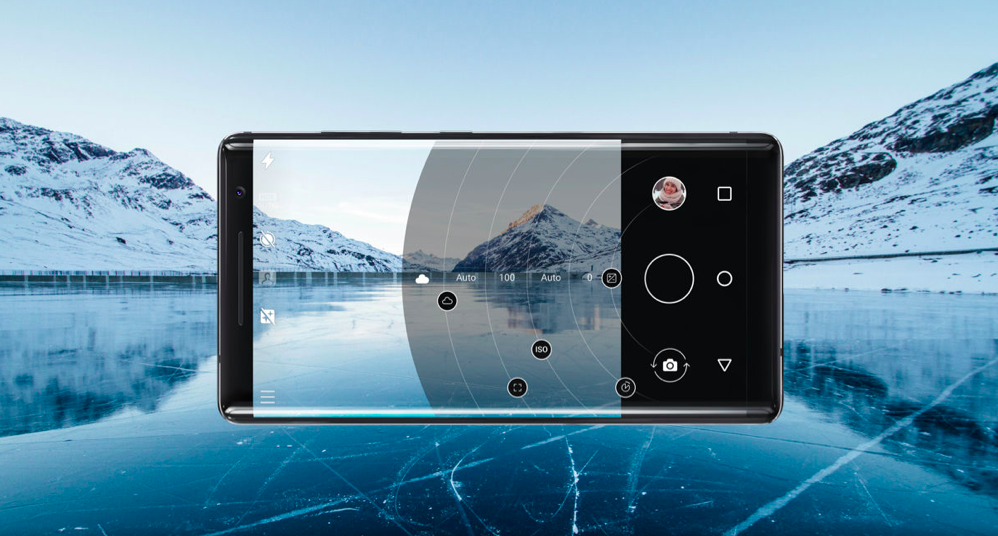
LG
Unlike the other tech giants, LG relaunched its previous flagship device the LG V30 with additional AI-based features. The 128GB variant of the ThinQ enabled V30 is named the LG V30S while the 256GB variant is called the LG V30S+.
These two new devices pack in the same design, display, processor, and battery as the previous LG V30. However, the major upgrade is the addition of all new AI-based features to enhance photography experience. These latest devices include three intelligent features, namely the AI CAM, QLens, and Bright Mode to capture better images.
AI CAM analyzes the image in the frame and suggests the ideal shooting mode among the available eight different modes to provide better results. QLens on the LG V30s and V30S+ are meant to scan QR codes while Bright Mode is meant to brighten the images for optimal results.
The midrangers
MWC this year was not just confined to the super-expensive flagship devices. Various companies showcased their midrange offerings, which have an impressive set of features and specifications.
Nokia, alongside the flagship Nokia 8 Sirocco, launched the Nokia 7 plus, which is a midrange smartphone crafted in a sturdy aluminum body. The device comes with a ceramic-like finish and is powered by the Snapdragon 660 chipset. Sporting a 6-inch full HD display, the device also features Carl Zeiss lenses in its primary dual-camera setup.
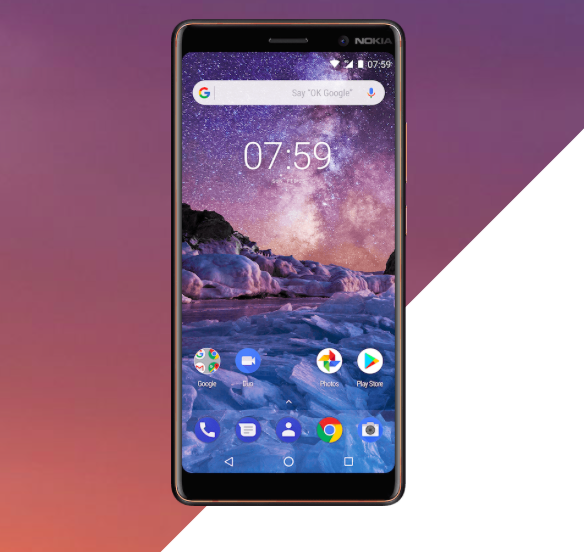
ASUS also introduced a bagful of handsets and showcased their latest Zenfone 5 series of smartphones. The two devices launched — the Zenfone 5 and the Zenfone 5z — are feature-rich phones and offers tall 19:9 display panels. The Zenfone 5 looks like a clone of the iPhone X from the front (complete with the controversial notch). The devices also pack in live animated emojis and have a set of AI-powered features in them.
Alcatel also announced its portfolio of smartphones at MWC. The Alcatel 5 is one of the feature-packed devices launched in the segment. The handset has a 5.7-inch display and comes with a brushed-metal chassis. The device boasts some advanced features as facial unlocking as seen in the iPhone X’s FaceID.
The pocket-friendly club
Alcatel launched seven budget-friendly smartphones. All seven smartphones are classified in the Alcatel 1 Series, 3 Series, and the 5 Series. The 5 Series is the top of the line and falls in the midrange segment The other devices are from the pocket-friendly club. The long-list of Alcatel’s devices launched are Alcatel 3V, Alcatel 3C, Alcatel 3X, Alcatel 3, Alcatel 1X, and the Alcatel 1C.
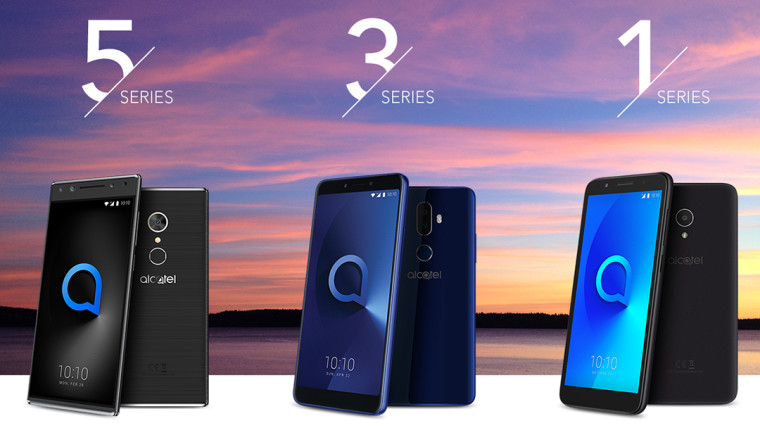
ZTE also launched a couple of premium-looking smartphones under the company’s Blade series. The company unveiled Blade V9 and the Blade V9 VITA, promising solid imaging experience, sturdy performance, and timely updates.
Major takeaways
Now that we have covered all the major devices launched at MWC this year, let’s have a glance at the major takeaways and key aspects of the event.
Clones everywhere
Although Apple wasn’t a part of MWC, its presence was felt quite heavily. Various smartphone makers have come up with their devices looking almost identical to the iPhone X, for example the Ulefone T2 Pro, Ulefone X, Zenfone 5 and 5z, Wiko View2 and View2 Pro, Noa N10, and Oukitel U18.
Innovation
Vivo showcased its APEX concept phone at MWC, and while it is still a concept, it may turn into reality soon. The device sports an almost bezel-less 5.99-inch full HD+ display with an aspect ratio of 18:9. The device comes with a fingerprint sensor integrated into the display. A major portion of the lower display functions as a fingerprint sensor and can be used to unlock the device. To deal with the placement of the front-camera on the device, Vivo has come up with an innovative idea of crafting a periscopic camera that pops up from the top edge of the device when the user needs to use it.
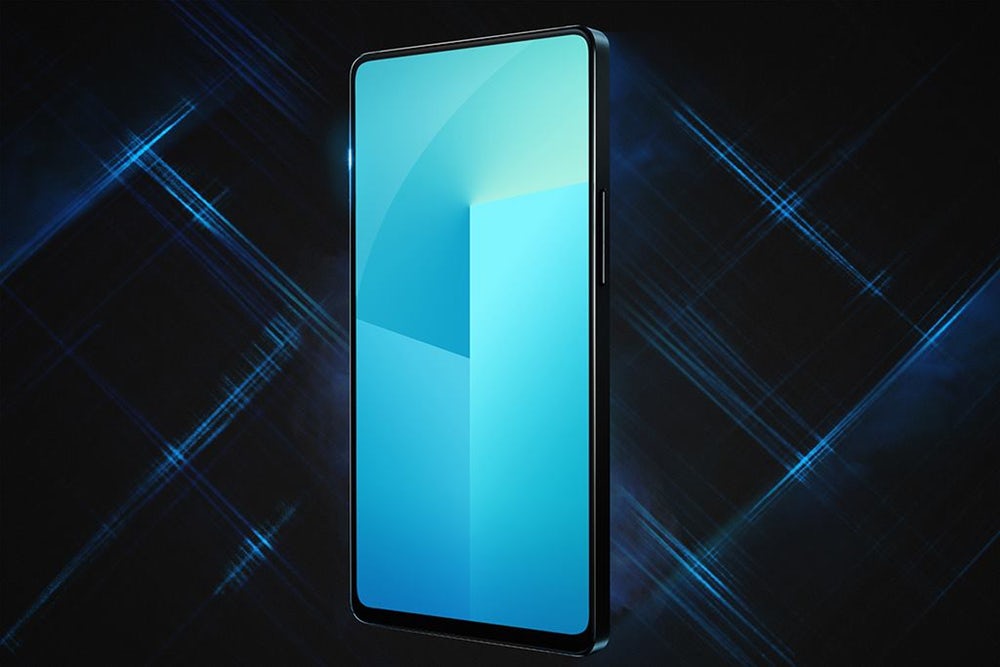
The rise of Android Go
Android Go is a lightweight variant of the Android OS, which is meant to support devices having minimal hardware power such as less than 1GB of RAM. Android Go comes with its own suite of apps that look and function almost similar to the apps you find in a regular Android OS-based phones. This initiative from Google is meant to provide similar levels of security, features, feasibility, and accessibility even for low-cost devices.
At the MWC, ZTE threw light on the Tempo Go, which is an Android Go initiative from the company. HMD also has an Android Go offering, which is the Nokia 1. These devices will be priced as low as under $100.
Bigger, beautiful, and bezel-less displays
Almost all the brands launched their devices with bigger and better displays with an aspect ratio of 18:9 or taller. Companies have already started investing a lot in trimming down the display bezels to provide a fluid and rich visual experience for its users. Looking at the pace at which handsets are turning bezel-less, devices with bezels might soon extinct.
Disappearing headphone jacks
After Apple, Google, Xiaomi, HTC, LeEco, and Moto, Nokia also joined the league of ditching the headphone jack with its latest flagship of the year, the Nokia 8 Sirocco. While different companies stated different reasons to abandon the headphone jack, the ultimate result is this: We as an end user need to consider is that headphone jacks are quickly disappearing.
MWC 2018: And it’s a wrap
While the inclusion of fingerprint sensors in phones was a revolution a couple of years back, features such as dual-camera setup and facial unlocking are on a roll today. But these trends in the mobile industry are changing quickly and phones — both inside and outside — are constantly getting updated. Yes, the technology driving these devices is getting better every day. Considering the unprecedented pace with which technology is upscaling, it is impossible to predict what the next big things will be when MWC 2019 rolls around.



